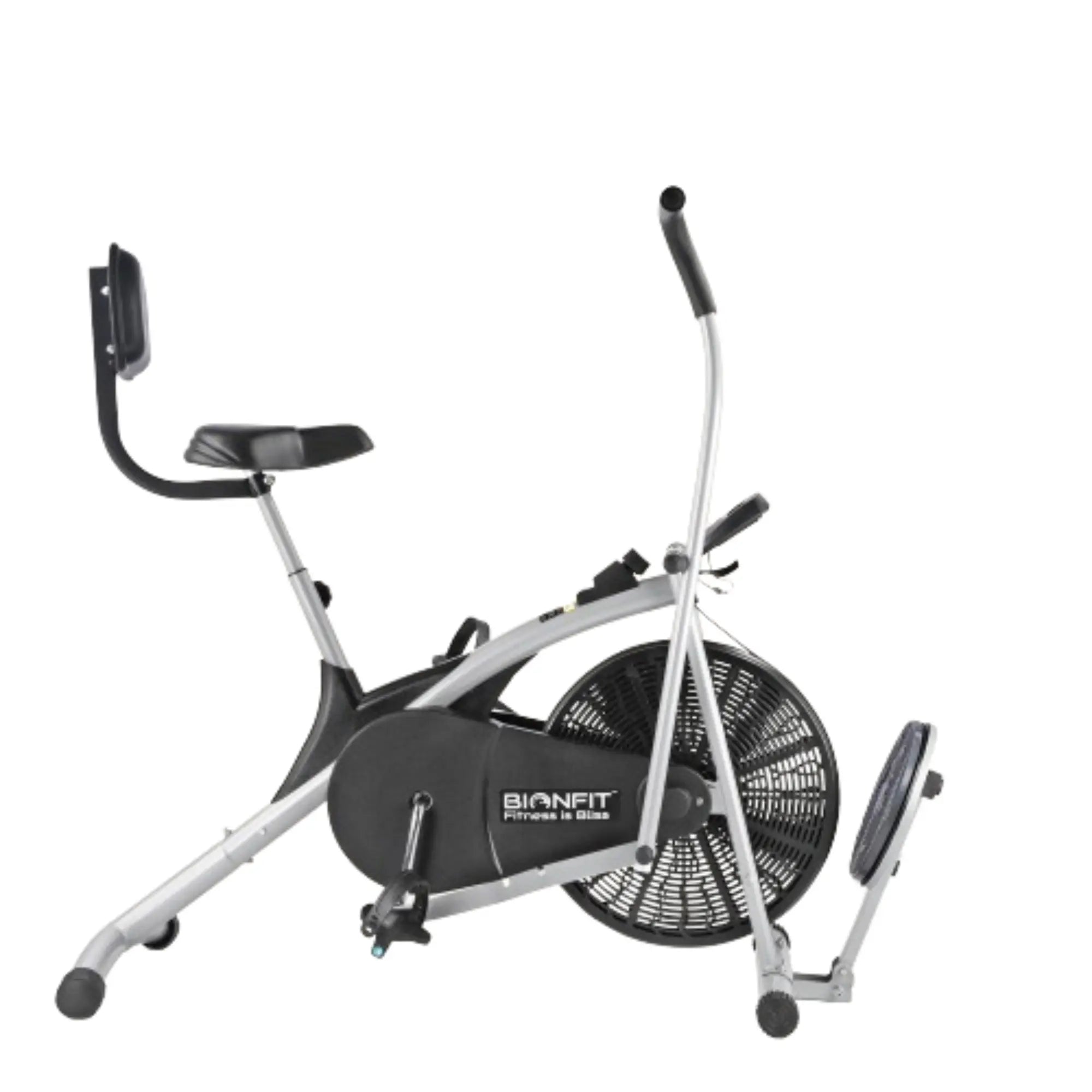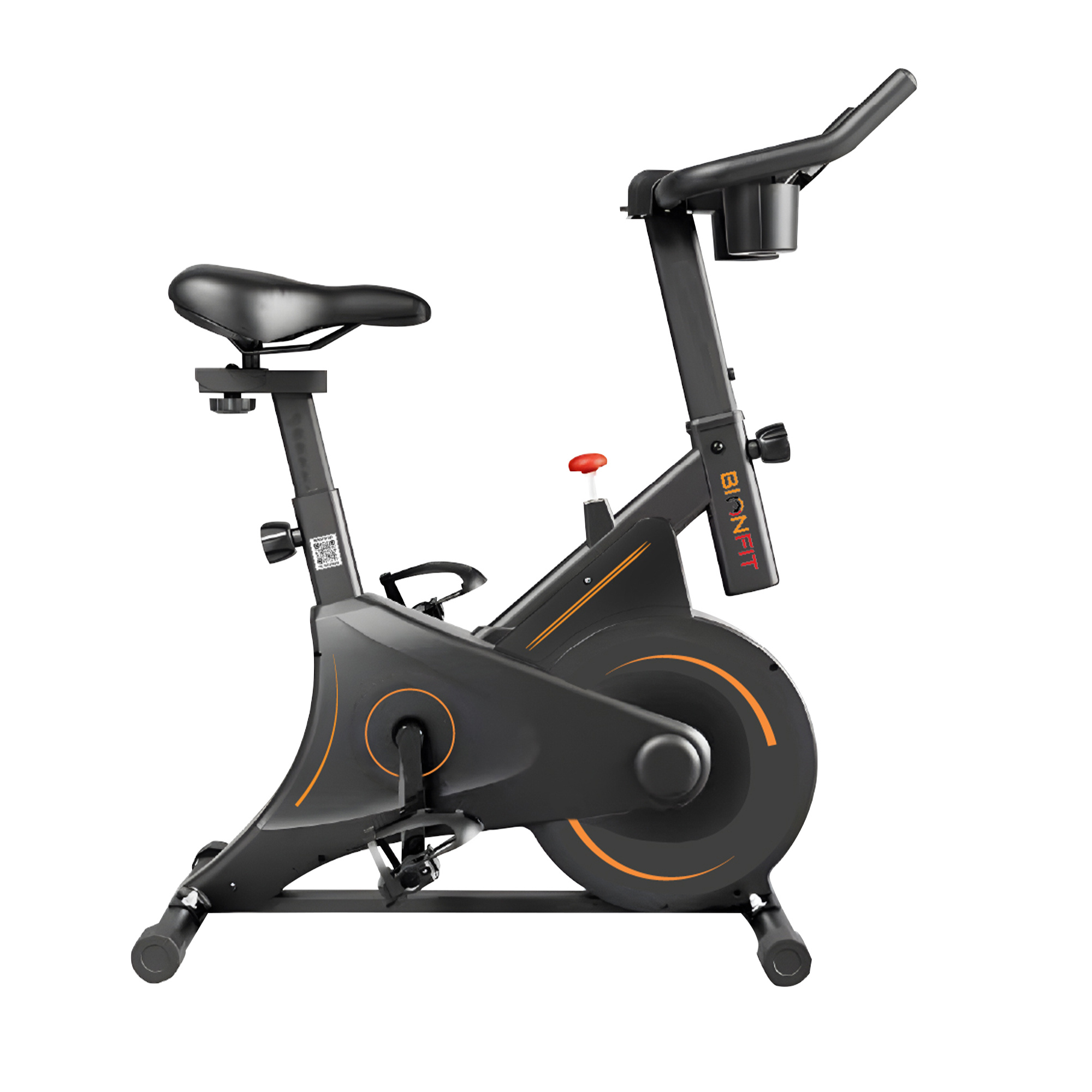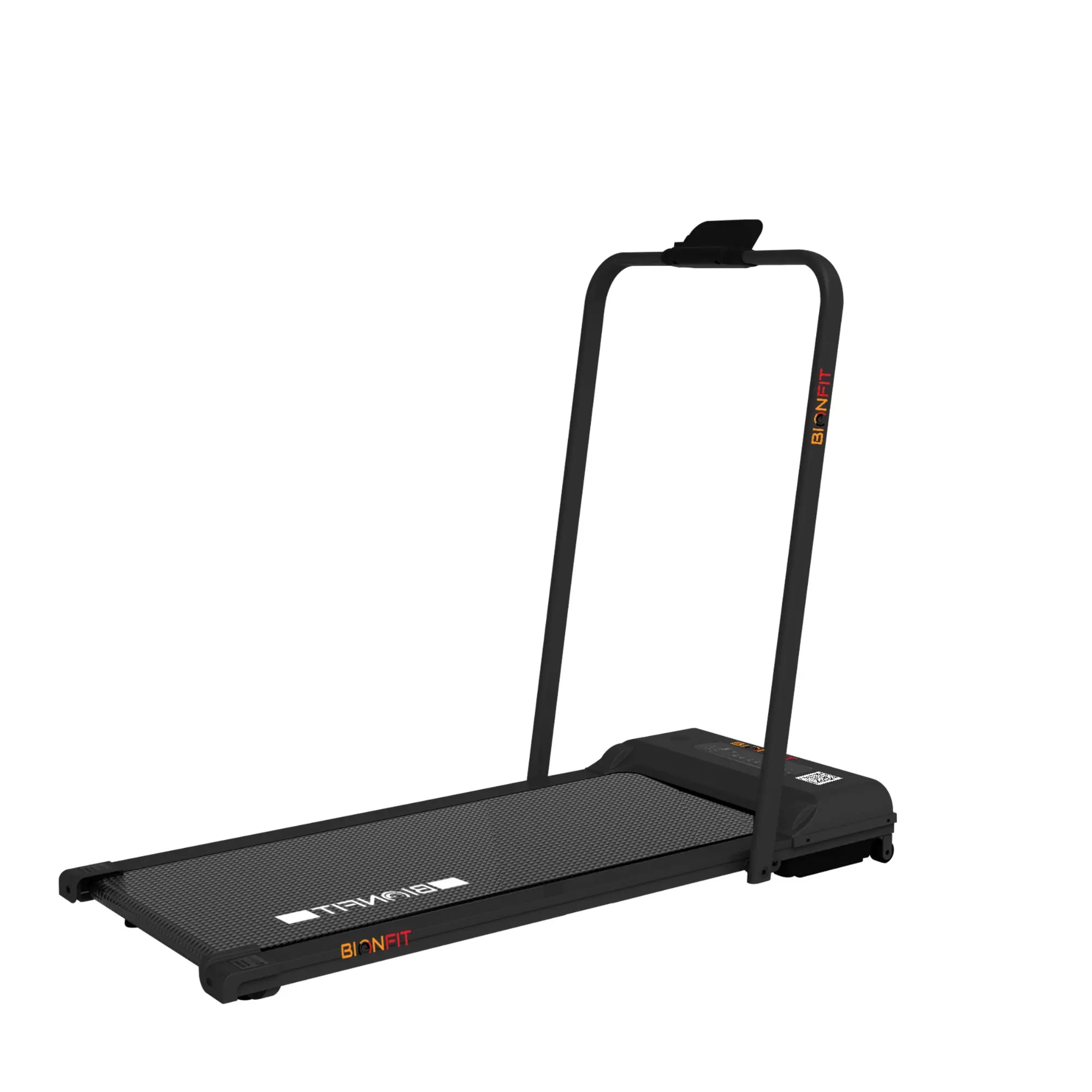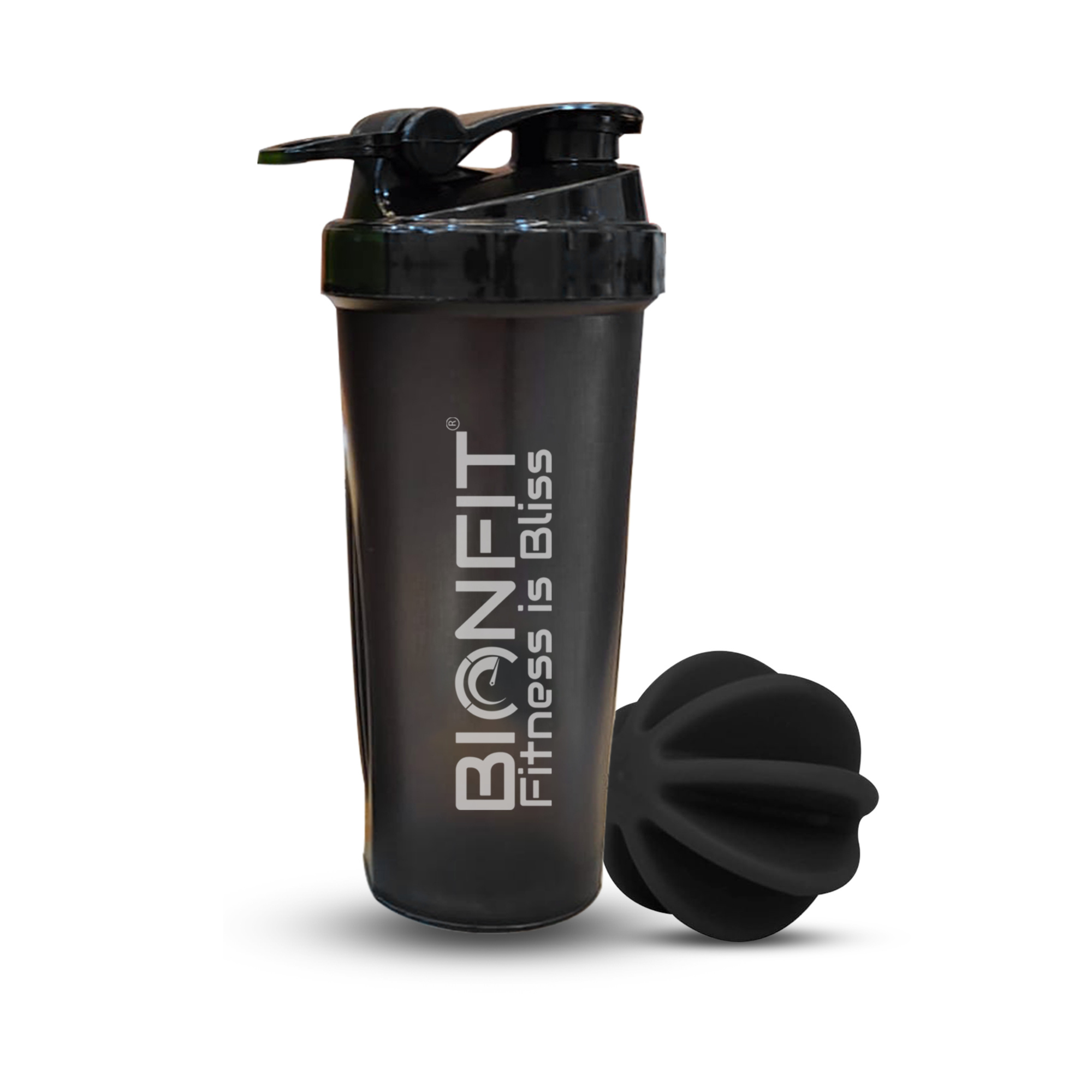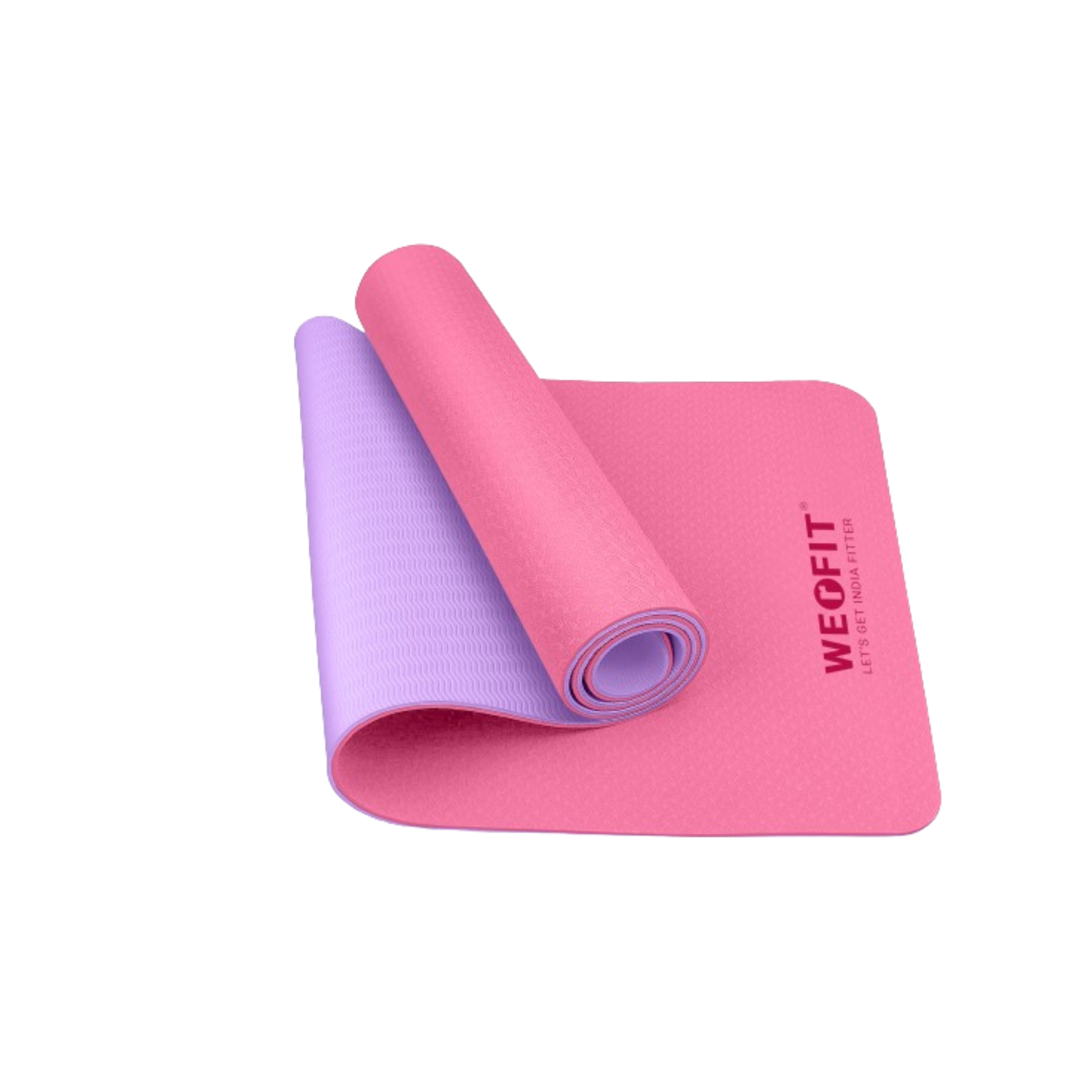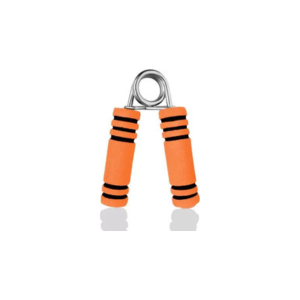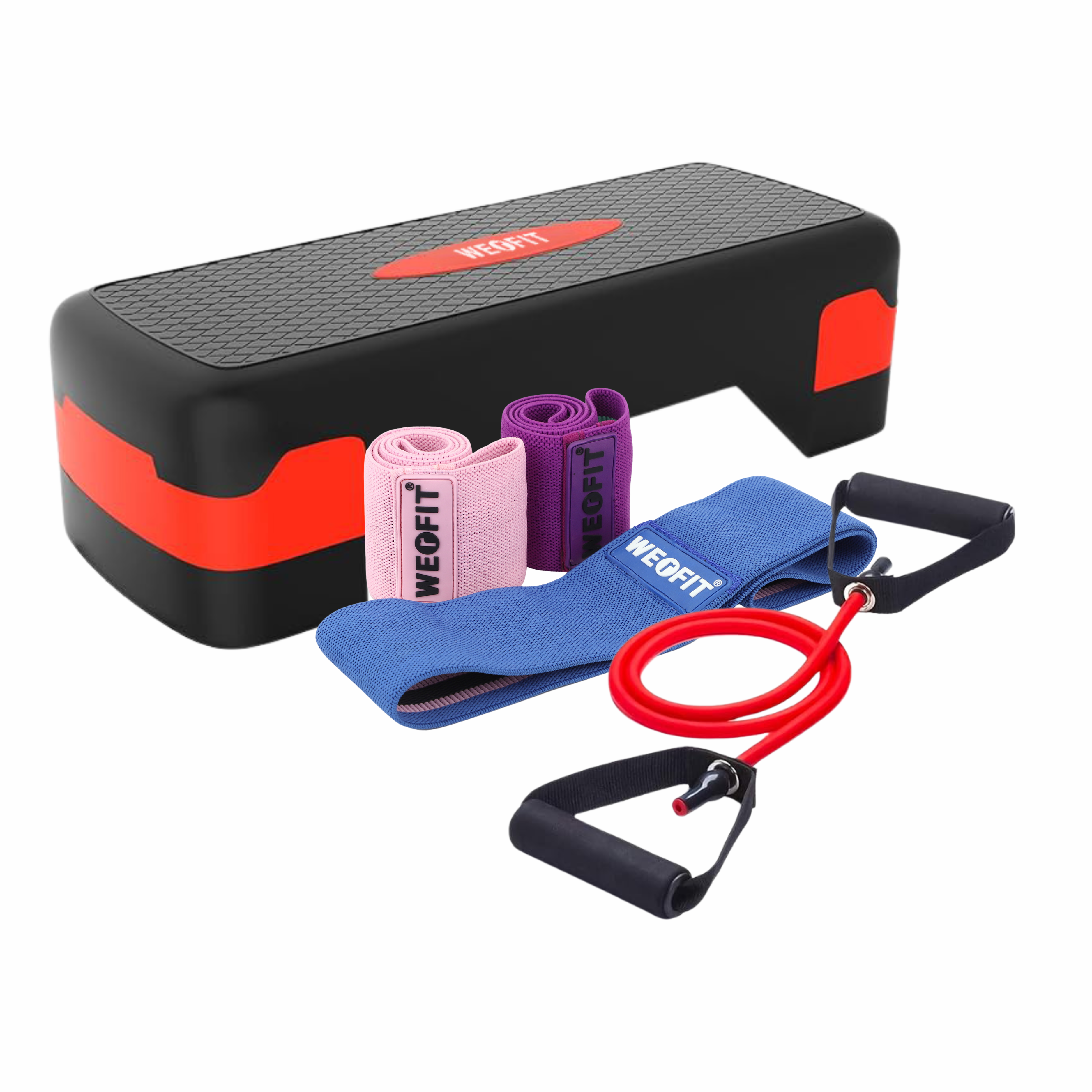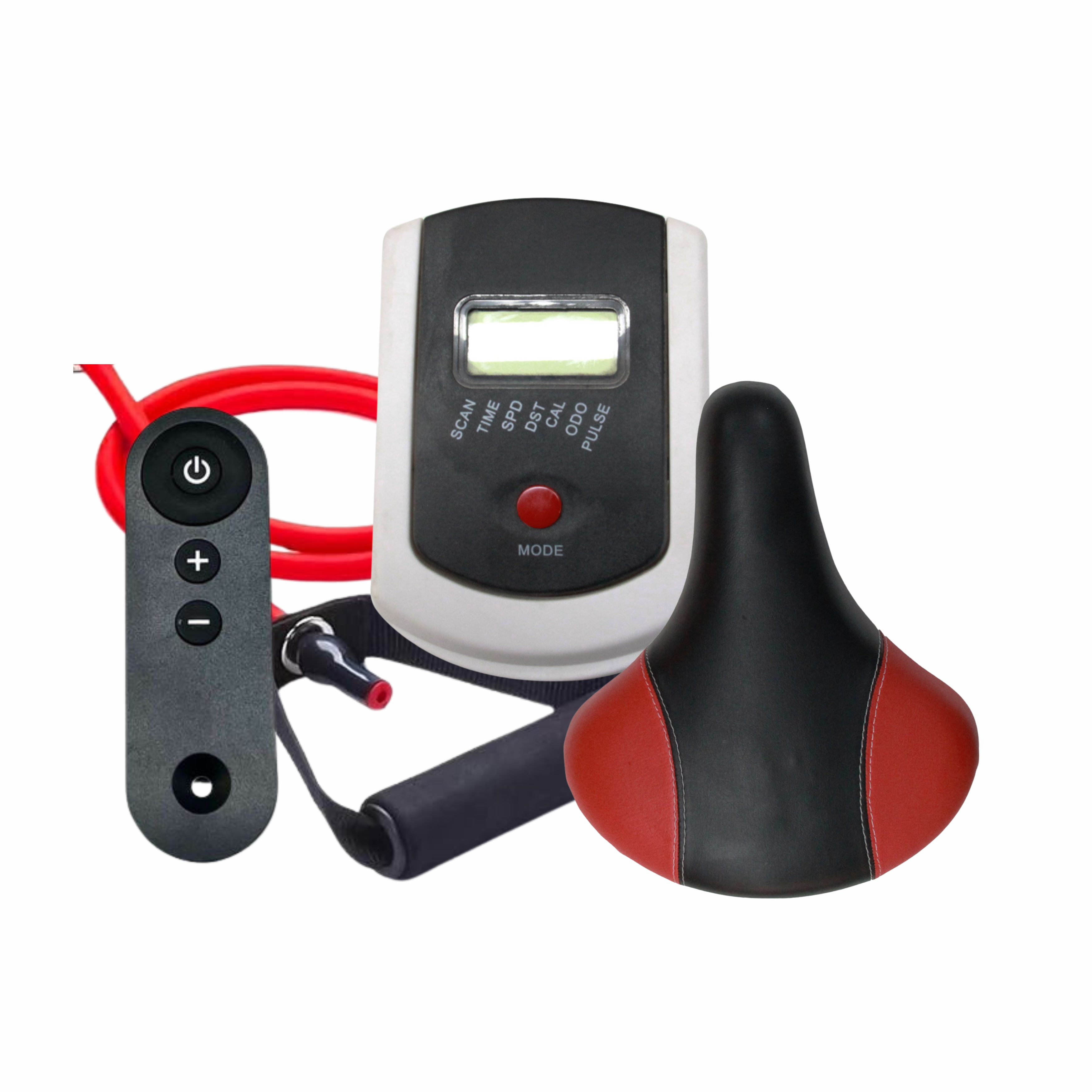
Airbike Workouts for Strength and Endurance
Airbike workouts are taking the fitness world by storm, and for good reason. These machines offer a unique blend of strength and endurance training that can transform your fitness routine. But what exactly are airbike workouts, and why are they becoming so popular? Let’s dive in.
What are Airbike Workouts?
Airbike workouts involve using a stationary bike that combines a fan resistance system with moving handlebars. Unlike traditional stationary bikes, the airbike requires you to push and pull the handlebars while pedaling, providing a full-body workout.
The Rise in Popularity of Airbike Workouts
Airbike workouts have surged in popularity due to their effectiveness and efficiency. They cater to both fitness enthusiasts and athletes, offering a challenging workout that can be tailored to any fitness level.
Benefits of Airbike Workouts
1. Full-Body Workout
- The airbike engages your entire body. From your legs to your arms, every muscle group gets a workout. This not only burns more calories but also builds balanced strength.
2. Low Impact on Joints
- Despite the intensity, airbike workouts are low impact. This means they are gentle on your joints, making them an excellent choice for people with joint issues or those recovering from injuries.
3. Burn Calories Fast
- Want to torch calories quickly? The airbike is your friend. The combination of upper and lower body movements accelerates calorie burn, making it an efficient workout for weight loss.
4. Improve Cardiovascular Health
- Regular airbike workouts can significantly boost your cardiovascular health. The intense nature of the exercise increases heart rate and improves circulation, leading to better heart health over time.
5. Enhance Mental Toughness
- Airbike workouts are notoriously tough. Pushing through a challenging session can enhance your mental toughness, teaching you to push through physical and mental barriers.
Strength Training with an Airbike
1. Building Muscular Endurance
- Airbike workouts build muscular endurance by engaging multiple muscle groups simultaneously. This sustained effort helps your muscles adapt to prolonged exertion.
2. Upper Body Strength
- The pushing and pulling motion of the handlebars targets your chest, shoulders, and arms, helping to build upper body strength.
3. Lower Body Power
- Pedaling works your quads, hamstrings, and glutes, building power and strength in your lower body.
4. Core Stability
- Keeping your balance on the airbike requires core engagement, which strengthens your abdominal and lower back muscles.
Endurance Training with an Airbike
1. Enhancing Aerobic Capacity
- Airbike workouts are excellent for building aerobic capacity. The consistent effort required increases your lung capacity and stamina.
2. High-Intensity Interval Training (HIIT)
- Airbikes are perfect for HIIT workouts. Alternating between high-intensity sprints and recovery periods boosts your metabolism and endurance.
3. Steady-State Cardio
- For those who prefer a steady pace, the airbike can also be used for longer, moderate-intensity cardio sessions.
4. Increasing VO2 Max
- VO2 max is a measure of your maximum oxygen uptake. Airbike workouts, especially HIIT, can help increase your VO2 max, enhancing your overall aerobic fitness.
Combining Strength and Endurance in Airbike Workouts
1. Benefits of Combined Training
- Combining strength and endurance training on the airbike maximizes efficiency and results. You get the benefits of both types of training in one workout.
2. Sample Combined Workout Plans
- 20-Minute HIIT: 1-minute sprint, 1-minute recovery.
- Strength Intervals: 30 seconds max effort, 30 seconds of push-ups or squats, repeat.
- Endurance Builder: 10 minutes steady pace, 5 minutes high-intensity, 5 minutes cool down.
Types of Airbike Workouts
1. Interval Training
- Interval training involves alternating between periods of high and low intensity. This keeps your heart rate up and maximizes calorie burn.
2. Tabata Workouts
- Tabata is a type of HIIT with 20 seconds of max effort followed by 10 seconds of rest. Repeat for 4 minutes for an intense workout.
3. Long-Duration Rides
- For endurance, aim for longer sessions at a moderate pace. This builds cardiovascular endurance and stamina.
4. Sprint Sessions
- Short, all-out sprints followed by rest periods boost your anaerobic capacity and burn calories fast.
Getting Started with Airbike Workouts
1. Choosing the Right Airbike
- Look for an airbike that fits your budget and space. Key features include adjustable seats, sturdy construction, and a reliable resistance system.
2. Proper Form and Technique
- Maintain a straight back, engage your core, and use a controlled motion. Proper form prevents injuries and maximizes efficiency.
3. Warm-Up and Cool Down
- Always start with a warm-up to get your blood flowing and end with a cool-down to aid recovery and prevent stiffness.
Advanced Airbike Workout Techniques
1. Progressive Overload
- Gradually increase the intensity or duration of your workouts to continuously challenge your body and prevent plateaus.
2. Pyramids and Ladders
- These involve increasing and then decreasing the intensity or duration of your efforts, adding variety and challenge to your workouts.
3. Fartlek Training
- Fartlek, meaning "speed play," involves varying your pace throughout the workout, keeping it fun and unpredictable.
EMOM (Every Minute on the Minute)
Perform a set amount of work at the start of every minute and rest for the remainder. This keeps the intensity high and the rest short.
Common Mistakes to Avoid
1. Overtraining
- Listen to your body. Overtraining can lead to injury and burnout. Balance intense sessions with adequate rest.
2. Neglecting Form
- Focusing on speed over form can cause injuries. Prioritize proper technique to stay safe and get the most out of your workouts.
3. Ignoring Rest and Recovery
- Rest days are crucial for muscle recovery and growth. Don’t skip them.
4. Setting Unrealistic Goals
- Set achievable goals to stay motivated and avoid frustration. Progress takes time and consistency.
Tracking Progress and Setting Goals
1. Using Metrics and Data
- Track your workouts using metrics like time, distance, and calories burned. This helps you see progress and stay motivated.
2. Short-Term vs Long-Term Goals
- Set both short-term and long-term goals. Short-term goals keep you motivated, while long-term goals give you something to strive for.
3. Adapting Workouts Over Time
- As you progress, adjust your workouts to keep challenging yourself. This prevents plateaus and keeps you engaged.
Incorporating Airbike Workouts into Your Routine
1. Balancing with Other Exercises
- Combine airbike workouts with strength training, yoga, or other forms of exercise for a well-rounded fitness routine.
2. Creating a Weekly Schedule
- Plan your workouts in advance. A balanced schedule might include three airbike sessions, two strength training days, and two rest days.
3. Recovery and Nutrition
- Fuel your body with proper nutrition and ensure you get enough sleep. Recovery is just as important as the workout itself.
Airbike Workouts for Different Fitness Levels
1. Beginner Workouts
- Start with short, moderate-intensity sessions. Focus on form and gradually increase intensity as you build endurance.
2. Intermediate Challenges
- Incorporate intervals and longer sessions. Mix in strength exercises for a balanced workout.
3. Advanced Routines
- Advanced users can try complex interval patterns, longer durations, and higher resistance levels to push their limits.
Airbike Workouts for Specific Populations
1. Older Adults
- The low-impact nature makes airbikes ideal for older adults. Focus on moderate intensity and proper form to stay safe.
2. Athletes
- Athletes can use airbikes for cross-training, building endurance, and enhancing recovery.
3. Individuals with Joint Issues
- The smooth, low-impact motion is gentle on joints, making it suitable for those with joint concerns.
The Future of Airbike Workouts
1. Technological Innovations
- Advancements in technology are enhancing airbike features, such as interactive screens, advanced metrics, and connectivity with fitness apps.
2. Trends in Fitness
- Group airbike classes and virtual competitions are gaining popularity, making workouts more engaging and social.
3. Community and Group Workouts
- Joining a community or participating in group workouts can boost motivation and make exercising more enjoyable.
Conclusion
Airbike workouts are a versatile, effective way to build strength and endurance. Whether you're a beginner or an advanced athlete, incorporating airbike workouts into your routine can help you achieve your fitness goals.
FAQs
How often should I do airbike workouts?
- For optimal results, aim for 3-4 sessions per week, balanced with other forms of exercise.
Can I lose weight with airbike workouts?
- Absolutely! The high-calorie burn and full-body engagement make airbike workouts effective for weight loss.
What’s the best way to recover after an airbike workout?
- Prioritize proper nutrition, hydration, and sleep. Incorporating stretching and light activity can also aid recovery.
Is an airbike good for beginners?
- Yes, airbikes are great for beginners due to their low impact and adjustable intensity.
How do I maintain my airbike?
- Regularly check for loose parts, keep it clean, and lubricate moving parts as needed to ensure longevity and smooth operation.
Follow us for more updates.

